Refine listing
Actions for selected content:
2251 results in Cambridge Elements
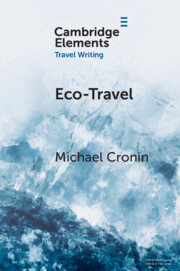
Eco-Travel
- Journeying in the Age of the Anthropocene
-
- Published online:
- 11 February 2022
- Print publication:
- 17 March 2022
-
- Element
- Export citation
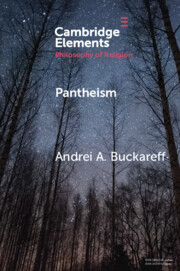
Pantheism
-
- Published online:
- 11 February 2022
- Print publication:
- 10 March 2022
-
- Element
- Export citation
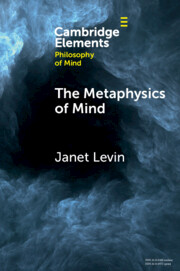
The Metaphysics of Mind
-
- Published online:
- 10 February 2022
- Print publication:
- 10 March 2022
-
- Element
- Export citation
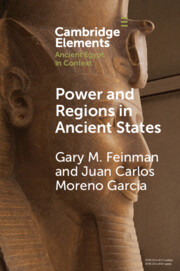
Power and Regions in Ancient States
- An Egyptian and Mesoamerican Perspective
-
- Published online:
- 10 February 2022
- Print publication:
- 10 March 2022
-
- Element
- Export citation
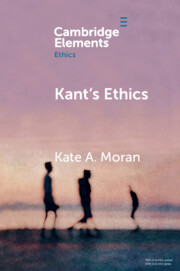
Kant's Ethics
-
- Published online:
- 10 February 2022
- Print publication:
- 10 March 2022
-
- Element
- Export citation
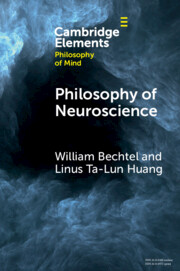
Philosophy of Neuroscience
-
- Published online:
- 08 February 2022
- Print publication:
- 03 March 2022
-
- Element
- Export citation
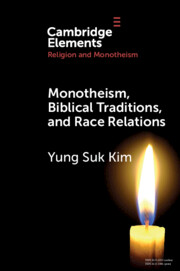
Monotheism, Biblical Traditions, and Race Relations
-
- Published online:
- 07 February 2022
- Print publication:
- 03 March 2022
-
- Element
- Export citation
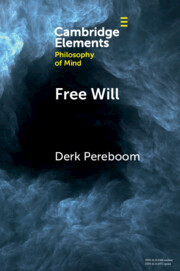
Free Will
-
- Published online:
- 07 February 2022
- Print publication:
- 24 February 2022
-
- Element
- Export citation
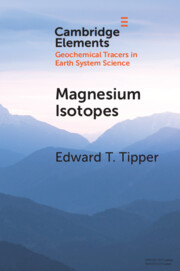
Magnesium Isotopes
- Tracer for the Global Biogeochemical Cycle of Magnesium Past and Present or Archive of Alteration?
-
- Published online:
- 07 February 2022
- Print publication:
- 03 March 2022
-
- Element
- Export citation
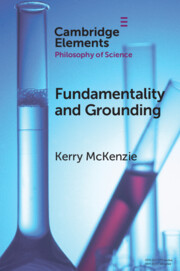
Fundamentality and Grounding
-
- Published online:
- 07 February 2022
- Print publication:
- 03 March 2022
-
- Element
- Export citation
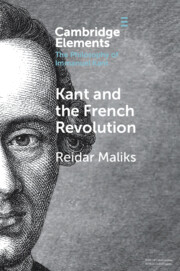
Kant and the French Revolution
-
- Published online:
- 04 February 2022
- Print publication:
- 03 March 2022
-
- Element
- Export citation
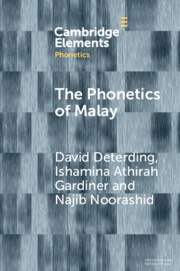
The Phonetics of Malay
-
- Published online:
- 03 February 2022
- Print publication:
- 19 May 2022
-
- Element
- Export citation
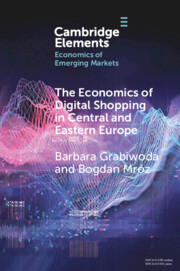
The Economics of Digital Shopping in Central and Eastern Europe
-
- Published online:
- 03 February 2022
- Print publication:
- 03 March 2022
-
- Element
- Export citation
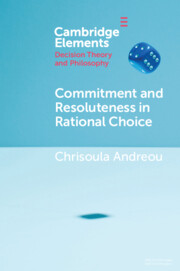
Commitment and Resoluteness in Rational Choice
-
- Published online:
- 03 February 2022
- Print publication:
- 03 March 2022
-
- Element
- Export citation
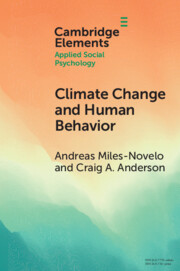
Climate Change and Human Behavior
- Impacts of a Rapidly Changing Climate on Human Aggression and Violence
-
- Published online:
- 01 February 2022
- Print publication:
- 03 March 2022
-
- Element
- Export citation
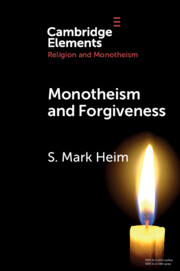
Monotheism and Forgiveness
-
- Published online:
- 01 February 2022
- Print publication:
- 03 March 2022
-
- Element
- Export citation
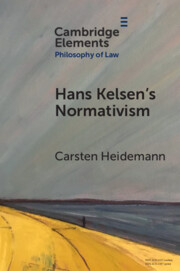
Hans Kelsen's Normativism
-
- Published online:
- 31 January 2022
- Print publication:
- 03 March 2022
-
- Element
- Export citation
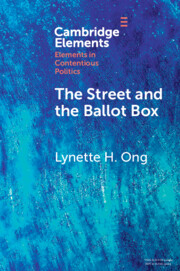
The Street and the Ballot Box
- Interactions Between Social Movements and Electoral Politics in Authoritarian Contexts
-
- Published online:
- 29 January 2022
- Print publication:
- 24 February 2022
-
- Element
- Export citation
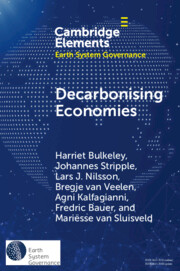
Decarbonising Economies
-
- Published online:
- 28 January 2022
- Print publication:
- 24 February 2022
-
- Element
-
- You have access
- Open access
- HTML
- Export citation
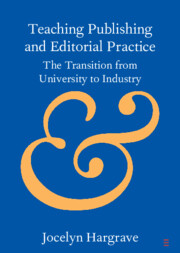
Teaching Publishing and Editorial Practice
- The Transition from University to Industry
-
- Published online:
- 27 January 2022
- Print publication:
- 24 February 2022
-
- Element
- Export citation
